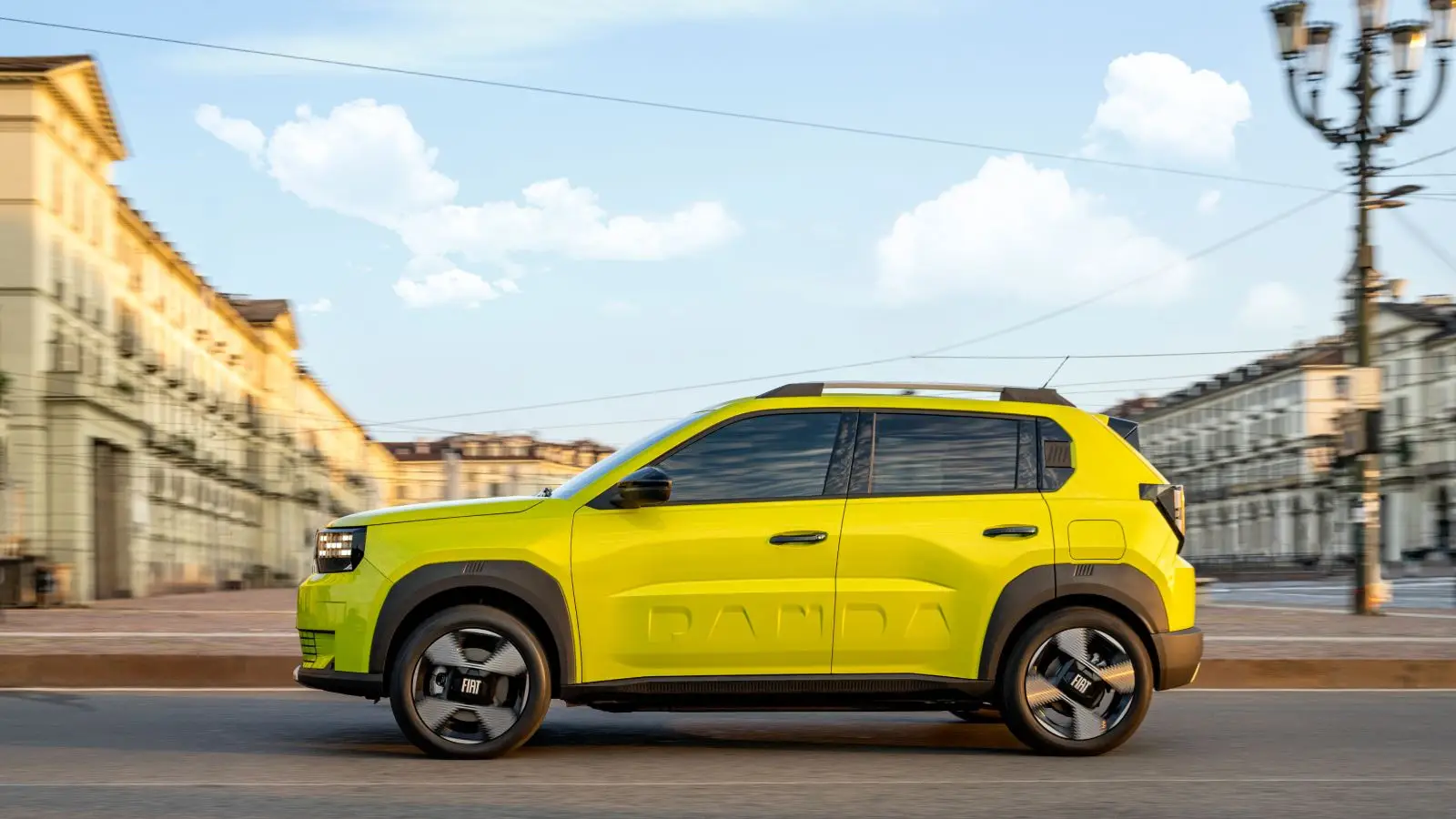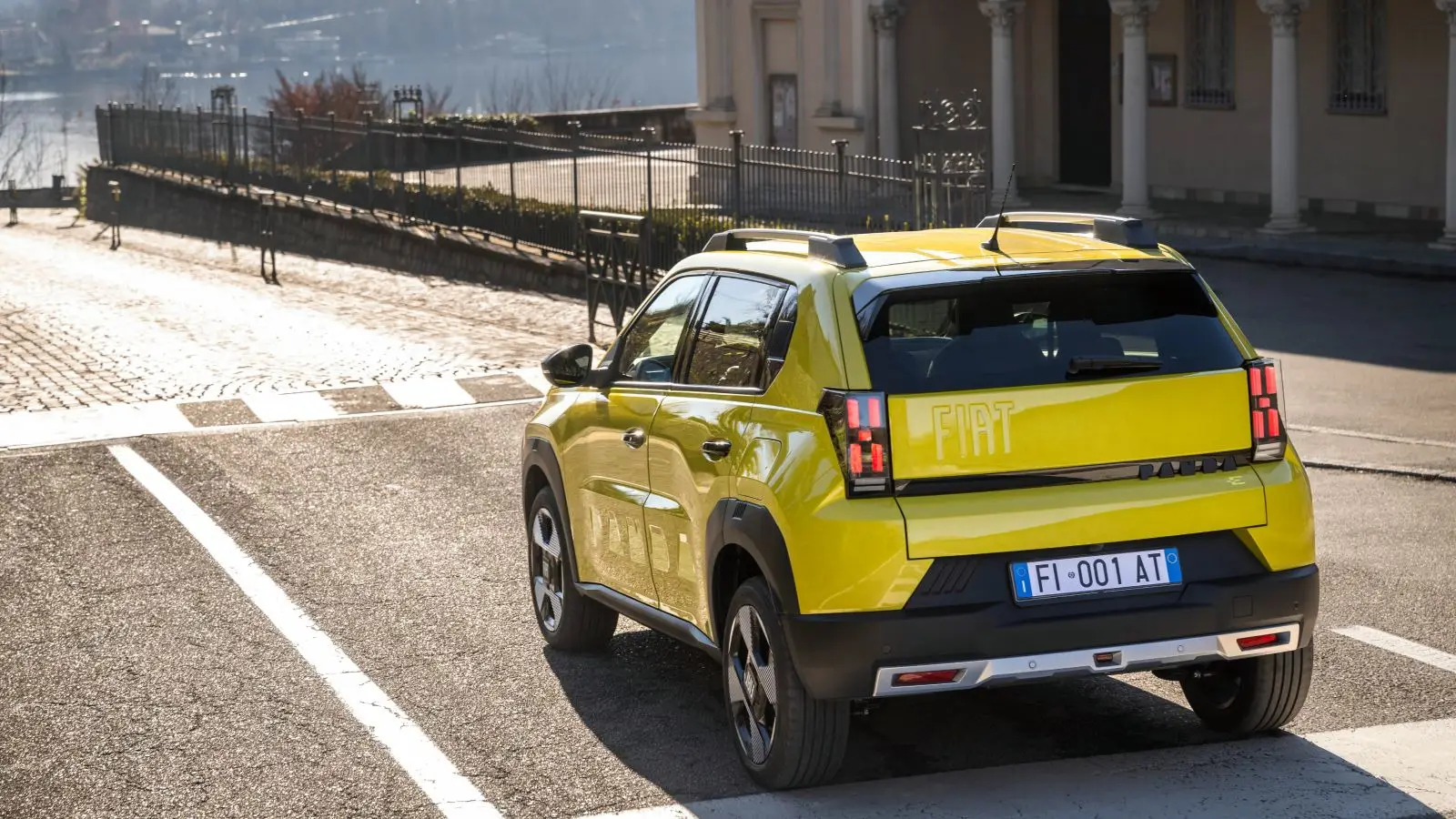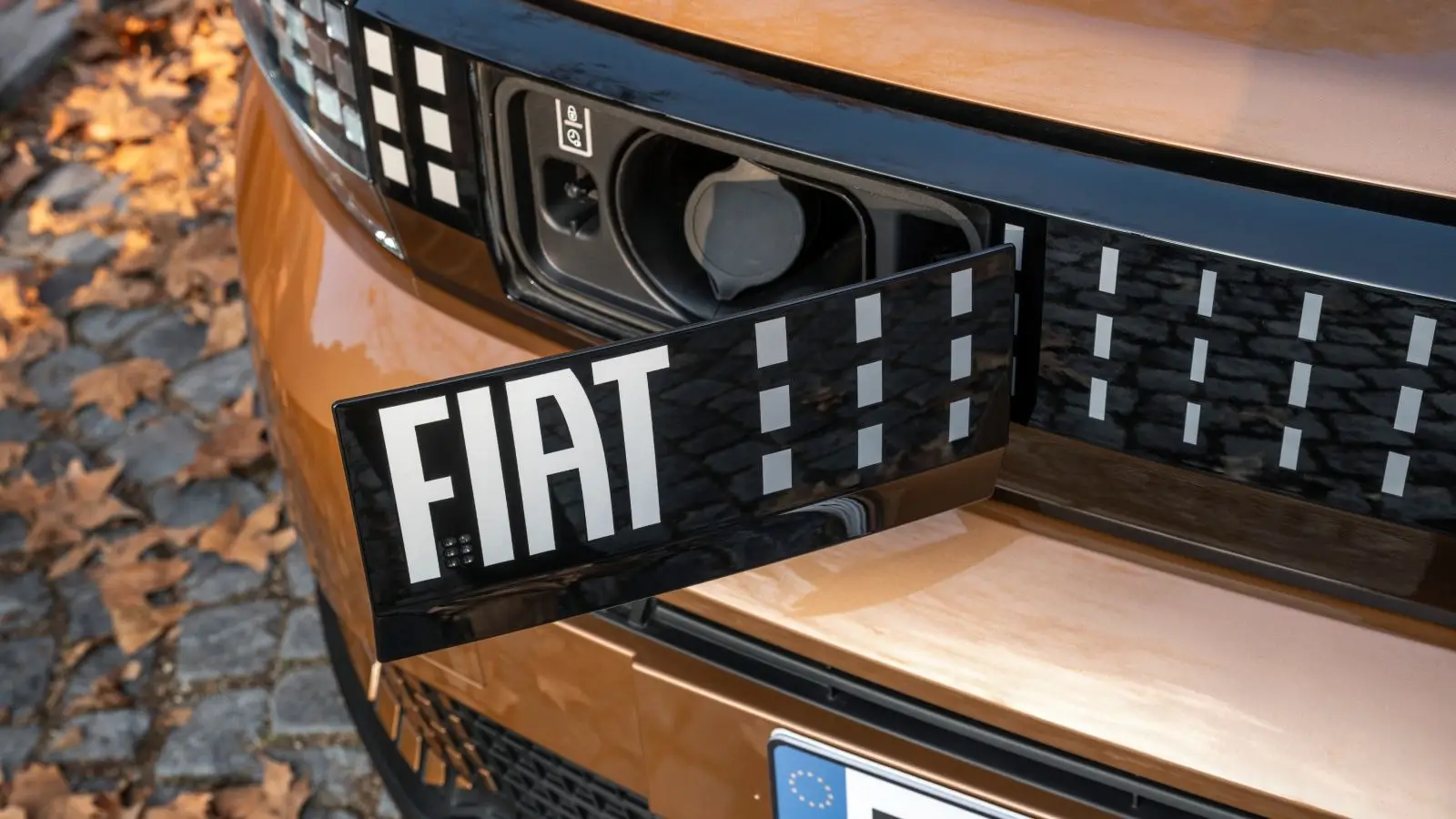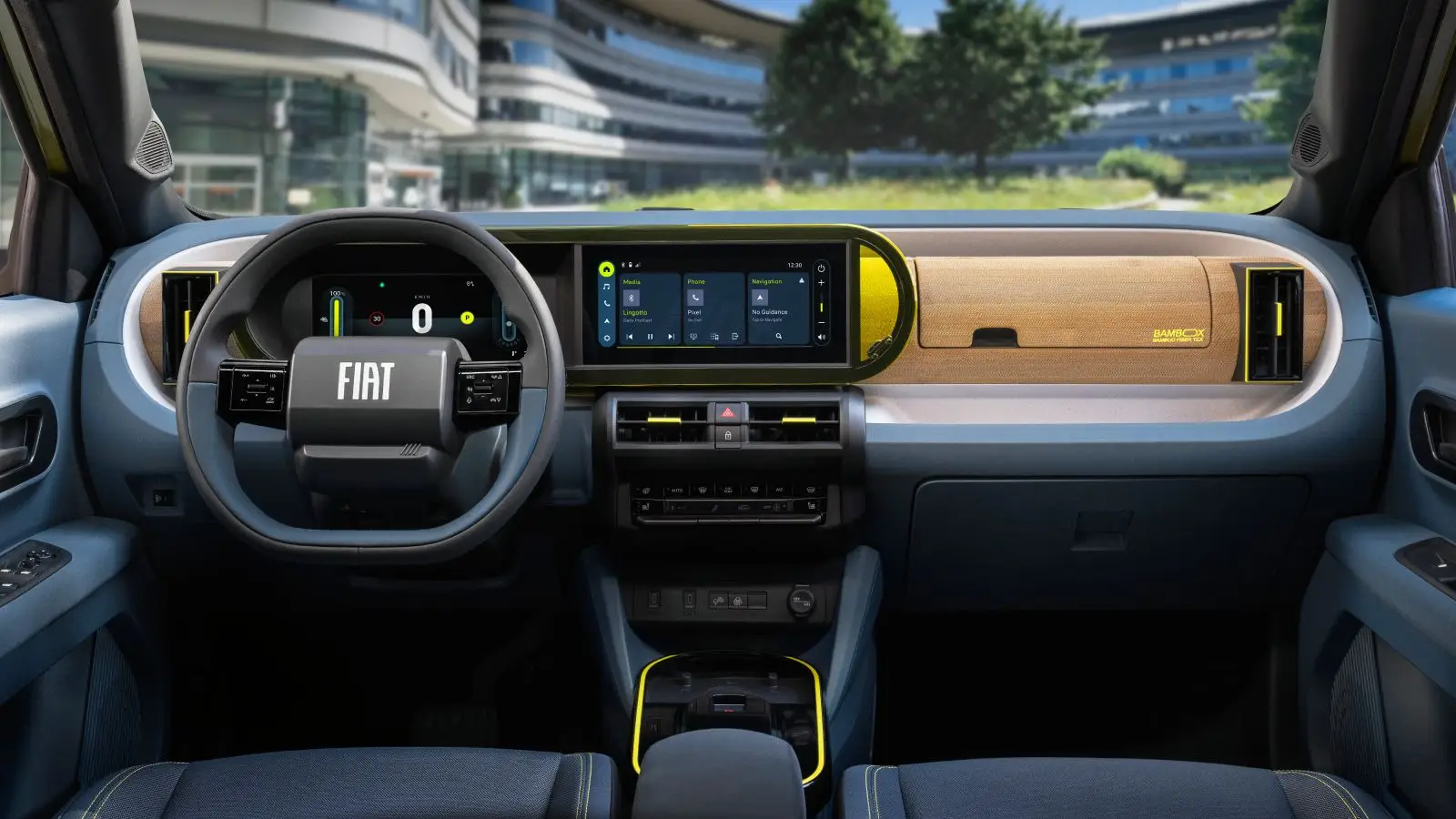Reviews
In-Depth Fiat Grande Panda Analysis: Design, Interior and Driving

Detailed overview of the Fiat Grande Panda, including confirmed facts about its design, interior features, performance and real-world usability.
The new Fiat Grande Panda arrives as a confident reminder that small cars can still have personality. It leans heavily into retro charm, picking up design cues from the 1980s and reworking them into a playful, almost toy-like aesthetic. With its blocky lines, square headlights and distinctive Fiat branding, the car feels intentionally simple yet surprisingly expressive.
Both the electric and petrol versions share the same exterior, and that decision makes sense: the focus here is not on mechanical showmanship but on visual character. Designers scattered subtle nods to Fiat’s past across the bodywork, from stylised stripes to the large embossed “Panda” lettering on the doors. Even the small lenticular panel that shifts between the Fiat name and the brand’s striped logo adds a touch of humour.

One of the Grande Panda’s strongest arguments is price. It undercuts many direct rivals, and the value becomes even more apparent when considering how visually distinctive the car is. At a time when many urban models look interchangeable, this Fiat stands out effortlessly.
The interior follows the same philosophy: honest, quirky and intentionally unpretentious. Chunky plastics are used not to hide cost, but to highlight character. The steering wheel center and the vents look almost like components from a colourful toy, yet the result feels cohesive. A bamboo-fiber decorative panel, shaped and textured like wood, adds a sustainable twist, though it is more prone to scratches. The seats, with their padded pattern and soft feel, bring welcome comfort and warmth.

The cabin layout is straightforward. The infotainment system is simple and quick to respond, and wireless phone integration covers most digital needs. Crucially, physical climate controls remain separate from the touchscreen — a rare and welcome decision in this price segment. Some of the steering wheel controls use a single-piece plastic panel to save cost, but they remain tactile and easy to use. Dedicated buttons for disabling lane departure and speed-limit alerts feel unusually thoughtful.
Rear-seat space is surprisingly good for such a compact model. Headroom is respectable, and even with the higher floor of the electric version, comfort stays acceptable on longer trips. The boot holds up to 360 litres in the EV model and can fit six carry-on suitcases, an impressive figure in this class, though the lack of additional storage solutions is noticeable.

On the road, the electric Grande Panda produces 113 hp. Officially it reaches 60 mph in 11.5 seconds, but real testing showed closer to 10 seconds, making it perfectly adequate for everyday driving. Braking performance is a highlight: stopping from 60 mph in 33 metres is a strong result for a light EV. The steering is very light, the suspension soft but slightly firmer than the Citroen EC3 it shares a platform with, and overall handling remains predictable even if not particularly sporty.
Some limitations are harder to ignore. There is no one-pedal driving mode, adaptive cruise control is unavailable, and rear visibility is compromised by thick pillars and shallow windows. Still, these drawbacks don’t overshadow the car’s primary purpose: urban usability.

The biggest functional compromise is range. While Fiat claims up to 199 miles from the 44 kWh battery, real-world driving produced roughly 120 miles. That figure may not impress long-distance drivers, but for daily city use it remains serviceable.
Ultimately, the Grande Panda succeeds by embracing what it is: a small, charming, practical city car with a clear personality. It doesn’t chase premium pretensions or technological excess. Instead, it delivers style, usability and honest engineering at a sensible price. For many drivers, that combination will be exactly what matters.
2025, Nov 18 22:12


